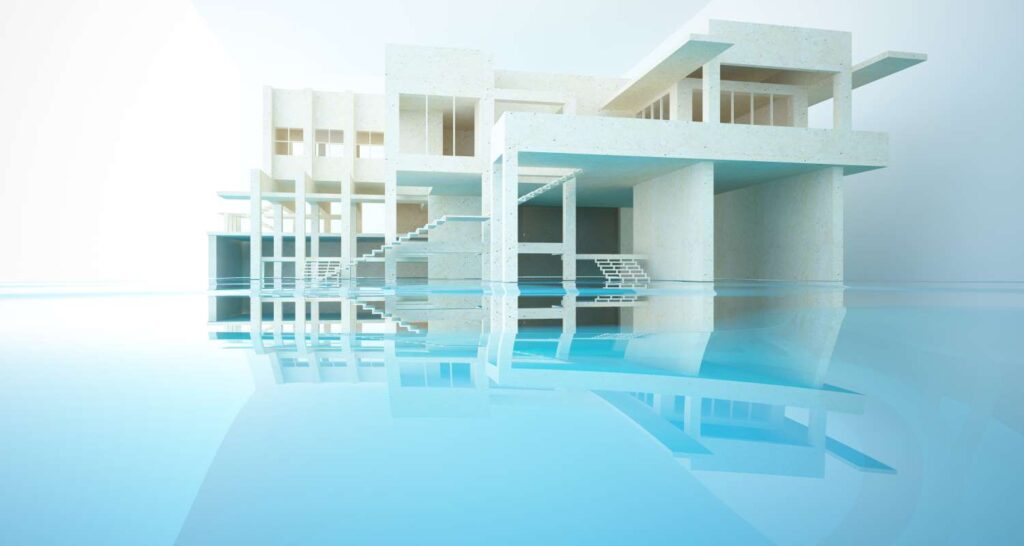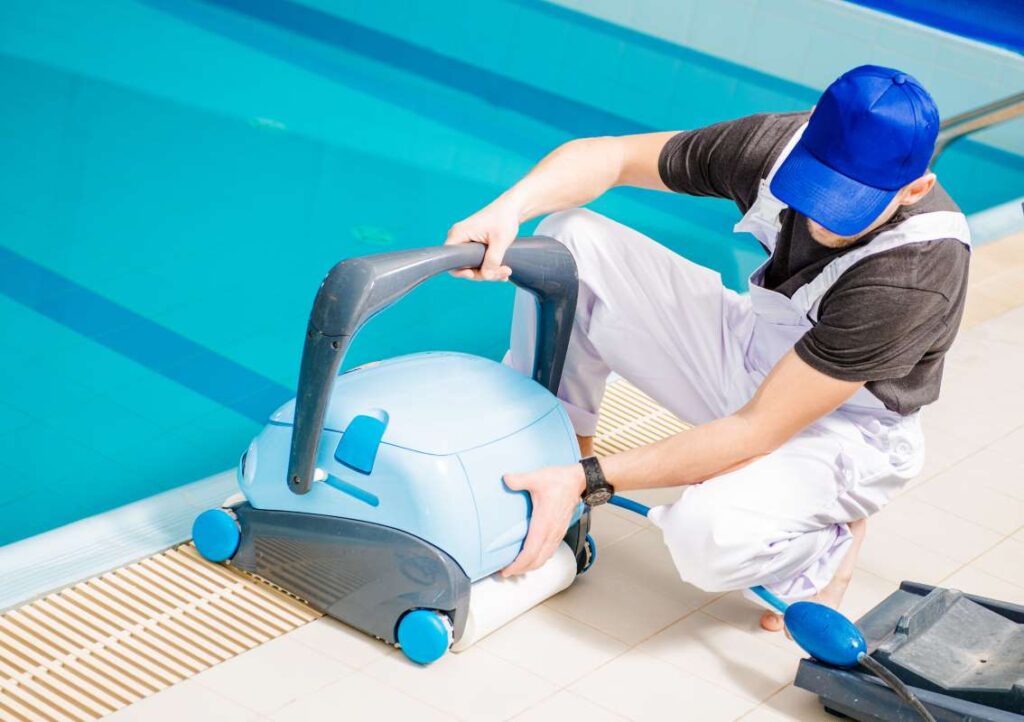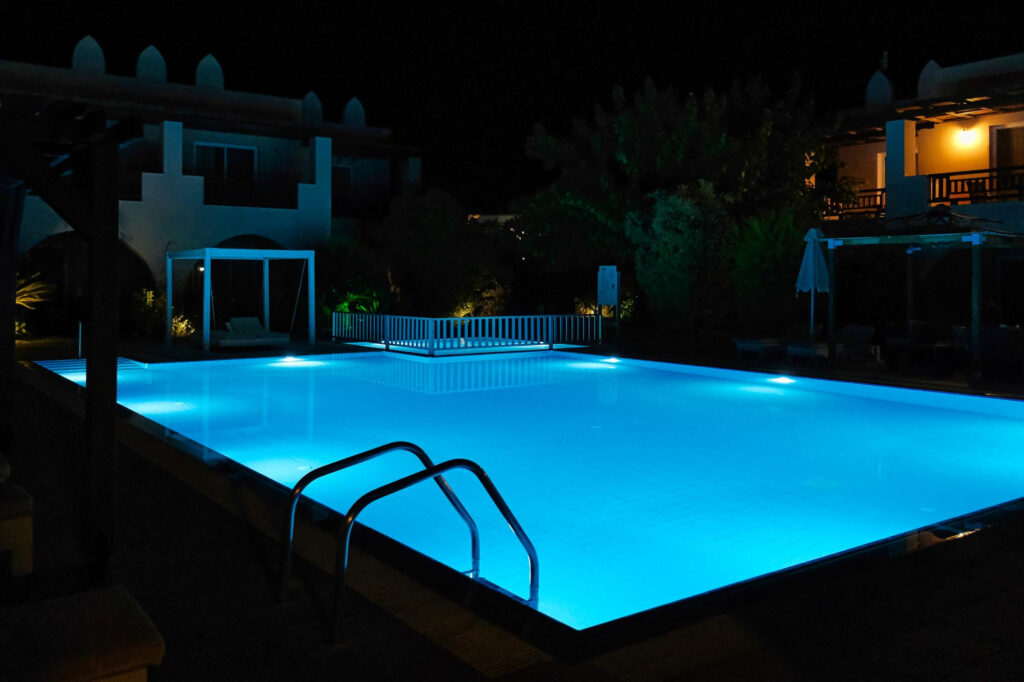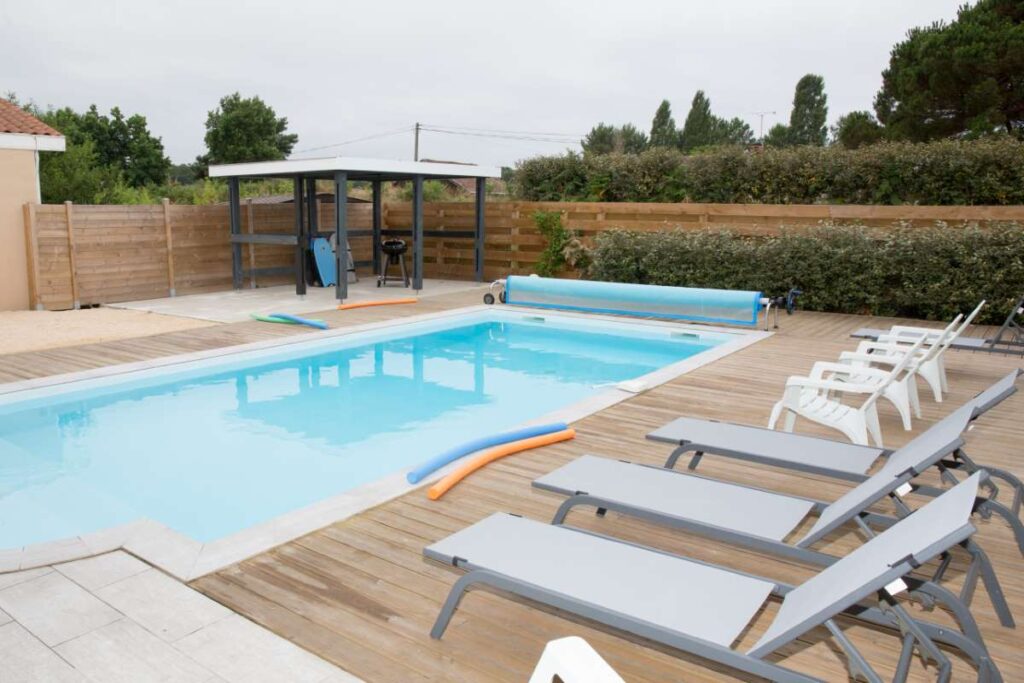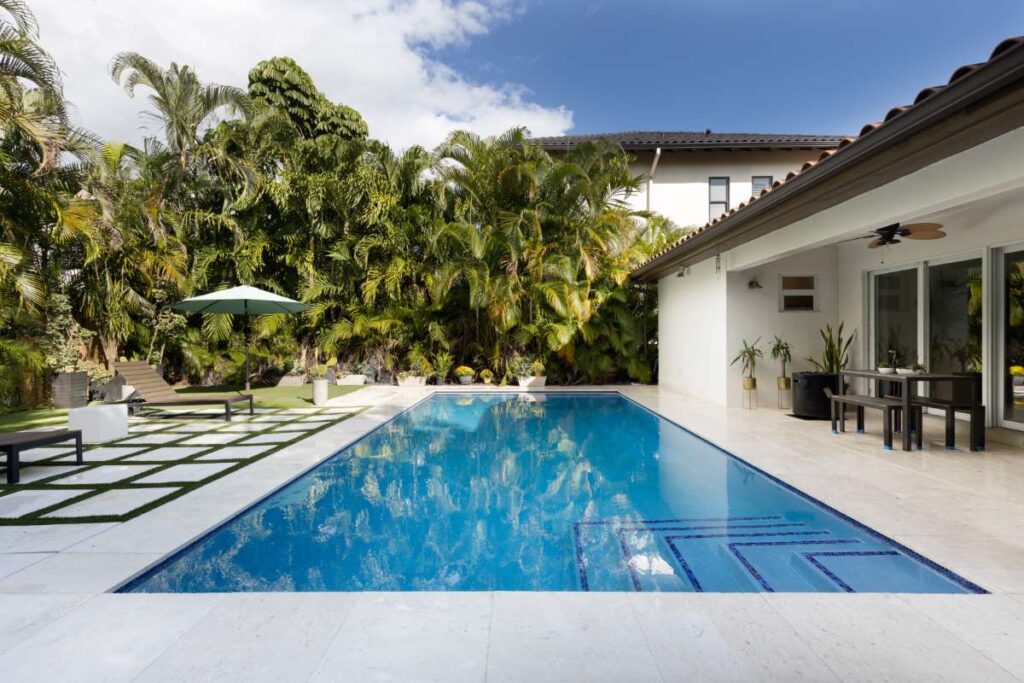Understanding the Impact of Heat on Equipment
How Heatwaves Affect Equipment Performance
Heatwaves can severely impact equipment performance, leading to increased maintenance needs and potential failures. This blog post delves into the effects of extreme heat on machinery and technology, providing insights into prevention and solutions.
As global temperatures continue to rise, the phenomenon of heatwaves is becoming more common and severe. For industries reliant on machinery and technology, understanding how heatwaves affect equipment performance is crucial. Heat can lead to overheating, reduced efficiency, and even total failure of vital systems. This blog post explores the implications of heat on equipment, discusses preventive measures, and offers strategies to mitigate heat-related issues.
We’ll examine the physical effects of heat on machinery, the consequences of equipment failure, and how businesses can adapt their operational strategies to minimize risks. Additionally, we will discuss practical tips for maintaining equipment during heatwaves and share insights from industry experts to enhance your understanding of this pressing issue.
Understanding the Impact of Heat on Equipment
Heatwaves create extreme conditions that can significantly affect machinery and equipment performance. The high temperatures can lead to overheating, which is one of the most immediate concerns for any piece of equipment. This overheating can cause various problems, including increased wear and tear, fluid breakdown, and potential catastrophic failures.
For instance, engines and generators are particularly susceptible to overheating. When temperatures soar, the cooling systems that keep these components operating efficiently may struggle to keep up. Studies have shown that equipment can lose up to 30% of its efficiency during heatwaves due to overheating, which not only affects performance but also increases operational costs.
Additionally, materials used in equipment can also be negatively impacted by extreme heat. Metals can warp, seals can degrade, and plastics may become brittle. These changes can lead to leaks, inefficiencies, and other damaging issues. For companies, this translates to increased maintenance costs, as equipment may require more frequent repairs or replacements.
Understanding Equipment Vulnerabilities
Not all equipment is equally affected by heatwaves. Different types of machinery and technology have unique vulnerabilities that can become apparent during extreme temperature conditions. For example, HVAC systems, which are designed to operate under specific temperature ranges, may falter when faced with sustained high heat.
Moreover, electronic equipment is particularly sensitive to temperature fluctuations. Many devices, including computers and control systems, have thermal thresholds beyond which performance is compromised. According to a report by the National Institute of Standards and Technology, electronic components can experience significant performance degradation when temperatures exceed 85°F (29°C), which is becoming more common during heatwaves.
Understanding these vulnerabilities is essential for businesses. By identifying the specific risks associated with their equipment, companies can develop targeted strategies to protect their investments and ensure continued operational efficiency.
Strategies for Mitigating Heat Stress
To combat the effects of heatwaves on equipment performance, businesses can implement several strategies designed to mitigate heat stress. Regular maintenance is key; ensuring that equipment is in optimal condition can help prevent overheating and other heat-related issues. This includes checking coolant levels, lubricating moving parts, and inspecting electrical connections.
Another effective strategy is to create a sheltered environment for sensitive equipment. Using canopies, insulated enclosures, or even air-conditioned spaces can protect machinery from direct sunlight and excessive heat. For outdoor equipment, investing in reflective coverings can help deflect sunlight and reduce temperatures.
In addition, companies can schedule operational activities during cooler parts of the day. For instance, if possible, heavy machinery operations can be planned for early mornings or late afternoons when temperatures are lower. This simple adjustment can significantly reduce the risk of overheating and enhance equipment longevity.
Real-World Examples of Heat Impact
Industries worldwide have faced challenges due to the effects of heatwaves on equipment performance. In agriculture, for instance, machinery used for planting and harvesting can experience breakdowns during particularly hot days, affecting productivity and yields. Farmers are increasingly investing in heat-resistant equipment and implementing cooling measures to maintain operations.
Similarly, the construction industry often sees a rise in equipment failures during heatwaves. Construction machinery that operates continuously under intense sun exposure can overheat, leading to costly downtime. Companies have begun using thermal imaging to monitor equipment temperatures and identify potential overheating before it leads to failures.
These examples underscore the importance of understanding the impacts of heatwaves on equipment performance. Proactive measures can save businesses significant costs and maintain productivity in challenging conditions.
Expert Insights on Equipment and Heat Management
Experts in equipment maintenance and thermal management emphasize the importance of adapting to changing climate conditions. According to Dr. Emily Hart, a mechanical engineer specializing in thermal dynamics, “Understanding how heat affects machinery performance is essential for maintaining operational efficiency. Companies must be proactive in implementing solutions rather than reactive.”
Dr. Hart advocates for regular training of maintenance staff on the effects of temperature on equipment. “By educating teams about the risks associated with heat, organizations can foster a culture of proactive maintenance, which ultimately leads to fewer breakdowns and greater efficiency.” This perspective is essential as companies increasingly face the realities of climate change and its direct implications for their operations.
Another industry expert, Liam Johnson, a facility manager, highlights the role of technology in mitigating heat-related impacts. “Investing in smart monitoring systems can provide real-time data on equipment performance and environmental conditions. This proactive approach allows for timely interventions that can prevent equipment overheating and failures.” Through technology, companies can enhance their reliability and efficiency, even in extreme weather conditions.
Best Practices for Equipment Maintenance During Heatwaves
To protect equipment during heatwaves, implementing best practices can make a significant difference. First, ensure that all cooling systems are functioning correctly and regularly cleaned to maximize their efficiency.
Next, consider investing in high-temperature lubricants and fluids designed to withstand extreme conditions. These products can help protect moving parts and prevent breakdowns associated with high heat. Additionally, creating and following an equipment maintenance schedule that includes checks before and after heatwaves can help address potential issues proactively.
Lastly, encourage operators and maintenance personnel to remain vigilant during extreme heat conditions. Training staff to recognize the signs of overheating or equipment stress ensures that immediate action can be taken, reducing the risk of significant breakdowns.
Conclusion: Preparing for the Future
As the frequency and intensity of heatwaves increase, understanding their impact on equipment performance is essential for businesses across various industries. By recognizing the vulnerabilities of different machinery, implementing effective mitigation strategies, and fostering a culture of proactive maintenance, companies can safeguard their operations against heat-related challenges.
Ultimately, investing in equipment resilience will not only lead to reduced downtime and maintenance costs but will also contribute to overall operational efficiency and sustainability. As we move forward, the importance of adapting to climate-related impacts on equipment will be paramount in ensuring long-term success.
For those seeking to expand or invest in equipment and machinery that can withstand extreme conditions, consider connecting with experts who specialize in resilient equipment solutions. By taking proactive steps now, your business can thrive in the face of changing climate conditions.


